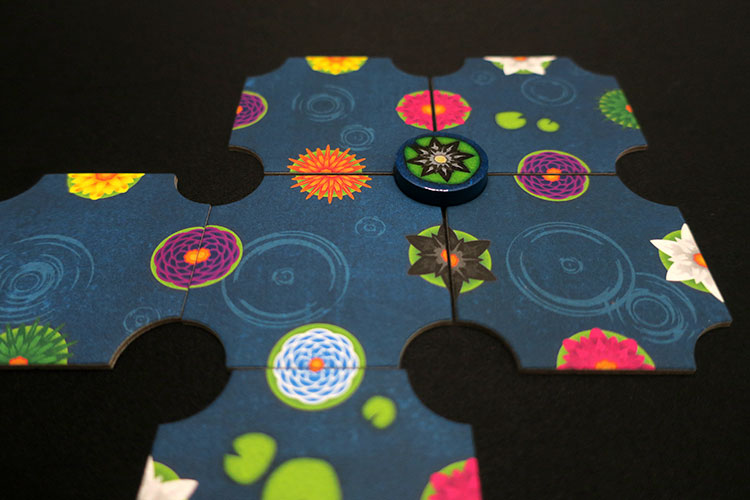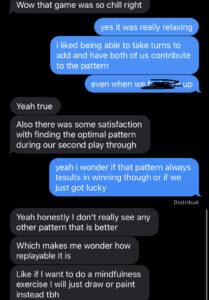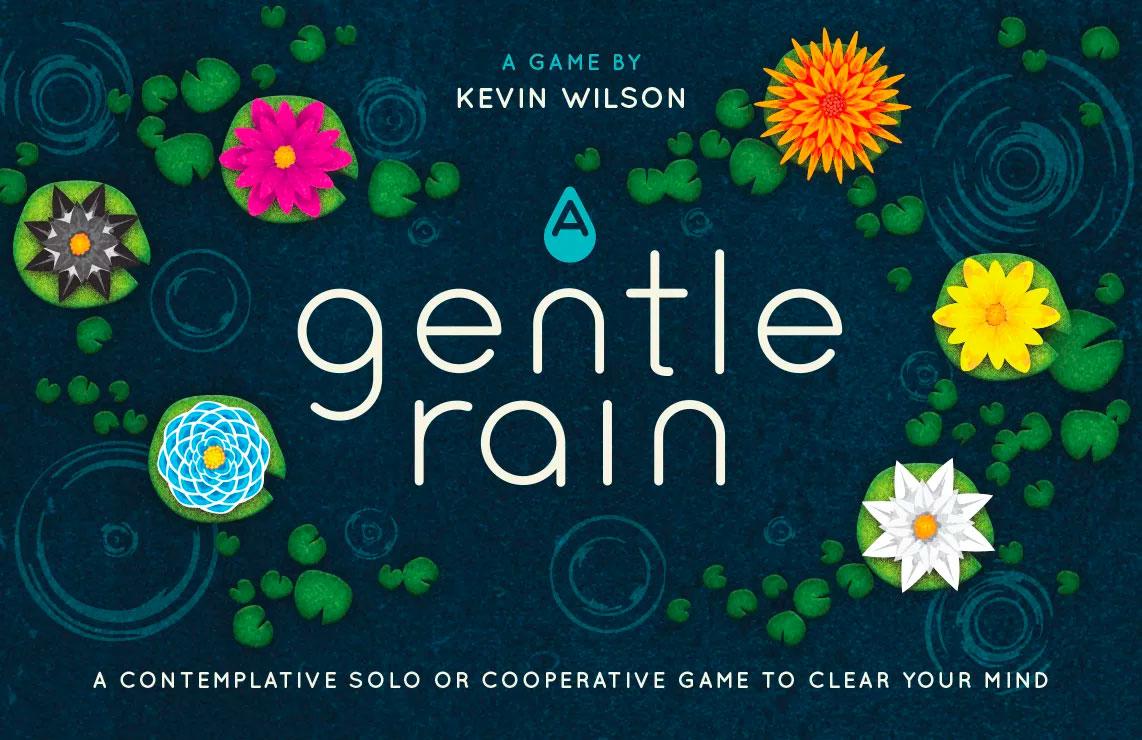While our game (Inkling) and A Gentle Rain initially appear to cater to distinct gaming experiences—competitive for ours vs meditative and zen—there are fundamental similarities in some of their gameplay mechanics that highlight an interesting sort of convergence within tabletop games! Both games emphasize non-verbal communication during strategic collaboration among players, though we do see it in different contexts. In Inkling, the silent coordination during drawing instructions is a parallel for the solo yet thought-requiring tile-placement in A Gentle Rain, where players aim to build a serene garden while matching flowers. These mechanics foster a unique type of teamwork and strategy, needed for success in both games, showing a nuanced blend of interaction and solo strategy within the tabletop genre.
:strip_icc()/pic6387631.jpg)
Before discussing the similar and not-so-similar elements of design between the two, I would like to acknowledge that they do have significantly different target audiences. Inkling is more directly aimed at groups. We were trying to create a competitive and hands-on gameplay suitable for ages that can handle strategic thinking and collaborative tasks – most likely tweens to teens, and adults in a party or team-building context. A Gentle Rain can be used for solo play or a peaceful cooperative multiplayer experience. It appeals to people looking for relaxation and meditative play, better for older children and adults who prefer non-competitive gaming environments. A Gentle Rain is created by Kevin Wilson, known for designing immersive games. His intention with its creation was to create a game to alleviate stress during the holiday season.
Both games have more or less the same platform, being tabletop social games. Where Inkling is played physically with cards, whiteboards, and drawing, A Gentle Rain utilizes tiles and flower buttons for both visual and tactile gameplay.
In terms of mechanics, Inkling features alternating turns to speak among team members who must give drawing instructions without direct communication, requiring careful strategic thinking and quiet teamwork. This mechanic ensures that every player’s input is crucial to the overall drawing, similar to how every player’s tile placement in A Gentle Rain contributes directly to the overall garden artwork. Meanwhile, with A Gentle Rain, though it has the option to be played solo, the multiplayer game involves drawing tiles and deciding placement with alternating player moves to form complete circles of flowers. This process of silent multiplayer coordination mirrors the cooperative teamwork coordination in Inkling where players seek to sync up their efforts to guide the drawer.

In terms of teamwork, both games despite their differing setups rely heavily on effective teamwork and the ability to strategize together. In Inkling, clear and clever communication through shape- restricted instructions is essential, similar to how strategic decisions in A Gentle Rain about tile placement between players can create or break a garden where all blossom discs can be effectively placed. Moreover, the skillful coordination of each member’s additional instruction in Inkling after a brief discussion period can be seen as a collective puzzle-solving exercise for the whole team, much like how solving the layout puzzle in A Gentle Rain requires foresight and planning.
When we look at Inkling and A Gentle Rain from an MDA perspective, we can see that both games have a strong link between their mechanics and the resulting player dynamics – non-verbal strategy and teamwork -leading to noticeable though different aesthetic experiences; shared joy and competition in Inkling compared to a more sensory aesthetic in A Gentle Rain. This shows a shared foundational concept in game design, where the game procedure combined with the story and visual design can have massive impact in shaping the game’s emotional and psychological effect.
If we place Inkling and A Gentle Rain at the center of a Venn Diagram, we can see that similar games on Inkling’s side would be Pictionary, Fake Artist in NY or even Charades where there is an element of guessing and drawing. However, it introduces unique elements such as sabotage cards and the use of specific shapes, as well as layered verbal instructions to the drawer who is actually the guesser, which add layers of strategy and unpredictability. Meanwhile, similar games on A Gentle Rain’s side would be Sagrada or Azul, which also give a similar peaceful puzzle-solving vibe but are generally more complex and competitive.





